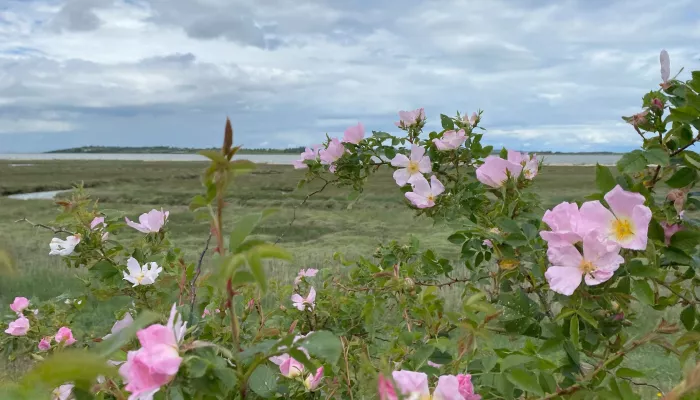About the reserve
This reserve is home to thousands of wildfowl and waders in winter, and some very special plants in summer. Visit on a calm summers day when it reverberates to the sounds of grasshoppers, beetles, skylark and reed warbler. Amongst the reeds you may also hear the 'ching' of a bearded reedling or catch a distant view of a marsh harrier. On the beach, look for spectacular yellow horned-poppy. Saltmarsh plants grow best in Faversham Creek: golden samphire, sea-lavender and sea-purslane together make a vibrantly colourful show.
In winter, the mudflats and tidal waters of the Swale estuary teem with shellfish, worms and certain specialised plants. These attract huge numbers of birds to feed, especially as the tide goes out. Wigeon and up to 2,000 Brent geese rely heavily on the eelgrass which grows below the high tide mark. You can also look out for the occasional short-eared owl or marsh harrier hunting for small mammals or unsuspecting birds. The merlin is also a frequent winter visitor.
For information on Cleve Hill Solar Park see link below.
Contact Us
If you need to get in touch regarding South Swale, for any reason, please contact:
Nadia Ward
Contact number: 01622 662012
Contact email: Nadia.Ward@kentwildlife.org.uk
Environmental designation
- Environmentally Sensitive Area
- Local Nature Reserve (LNR)
- Ramsar
- Site of Special Scientific Interest (SSSI)
- Special Protection Areas (SPA)

